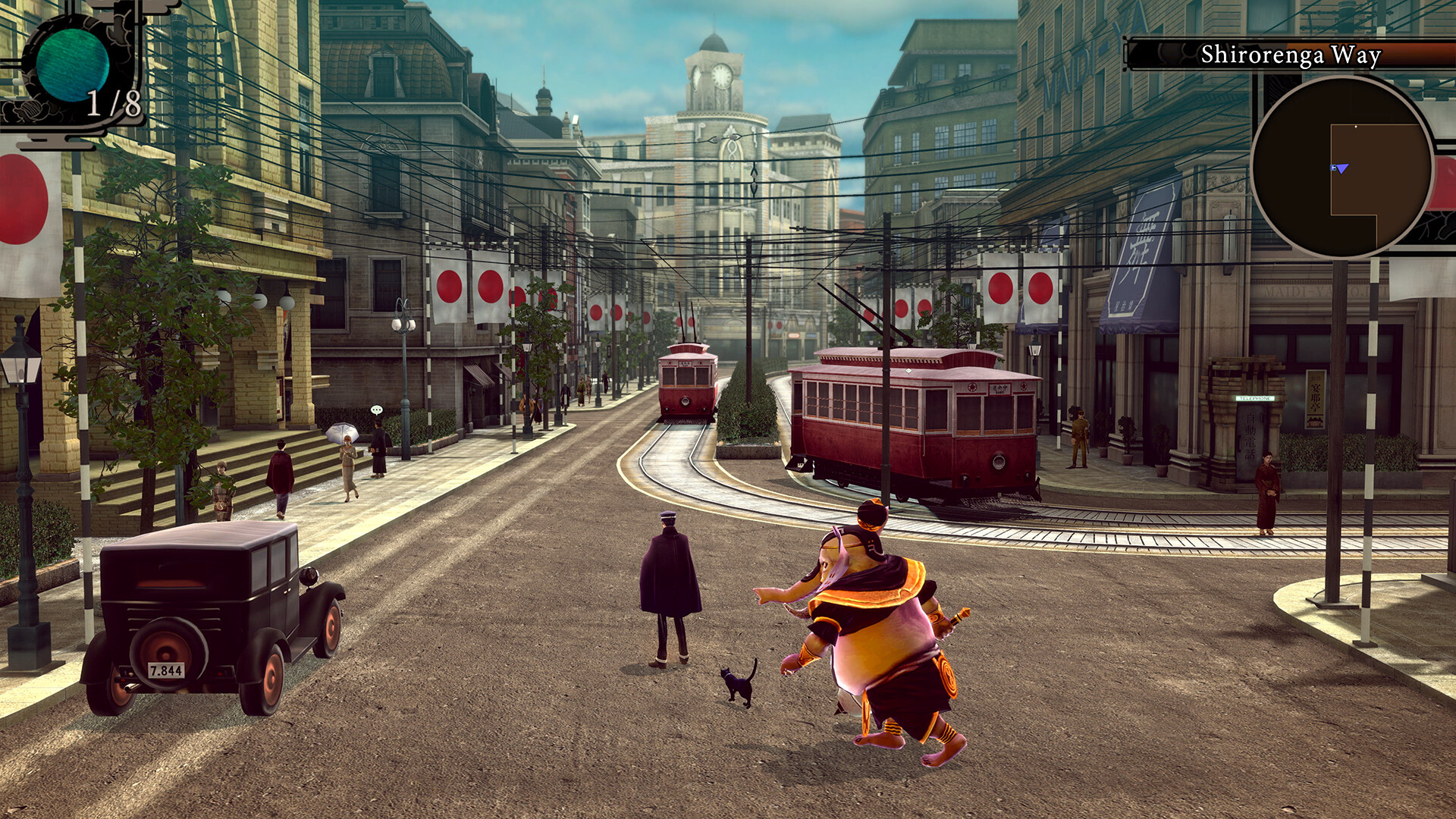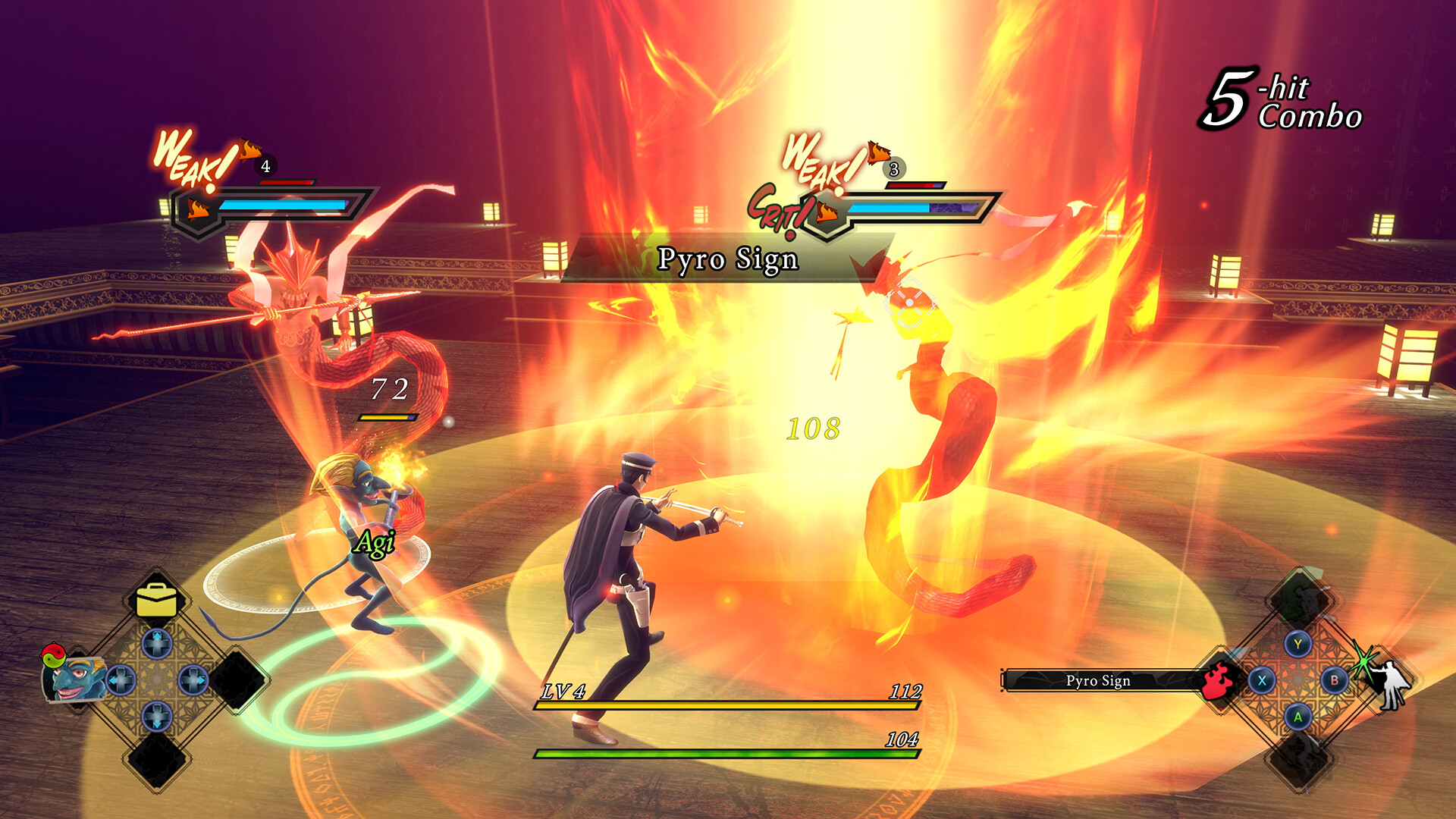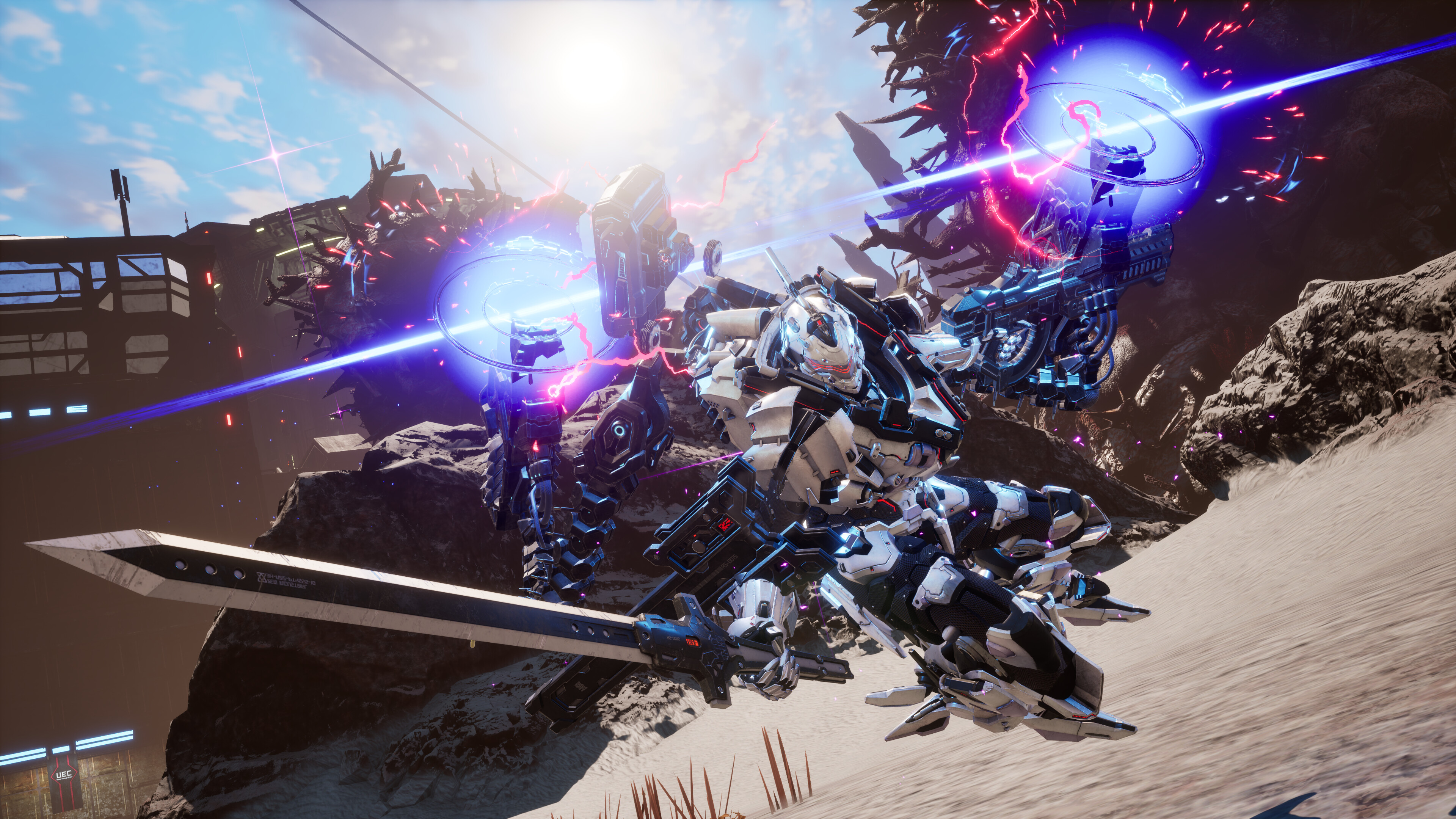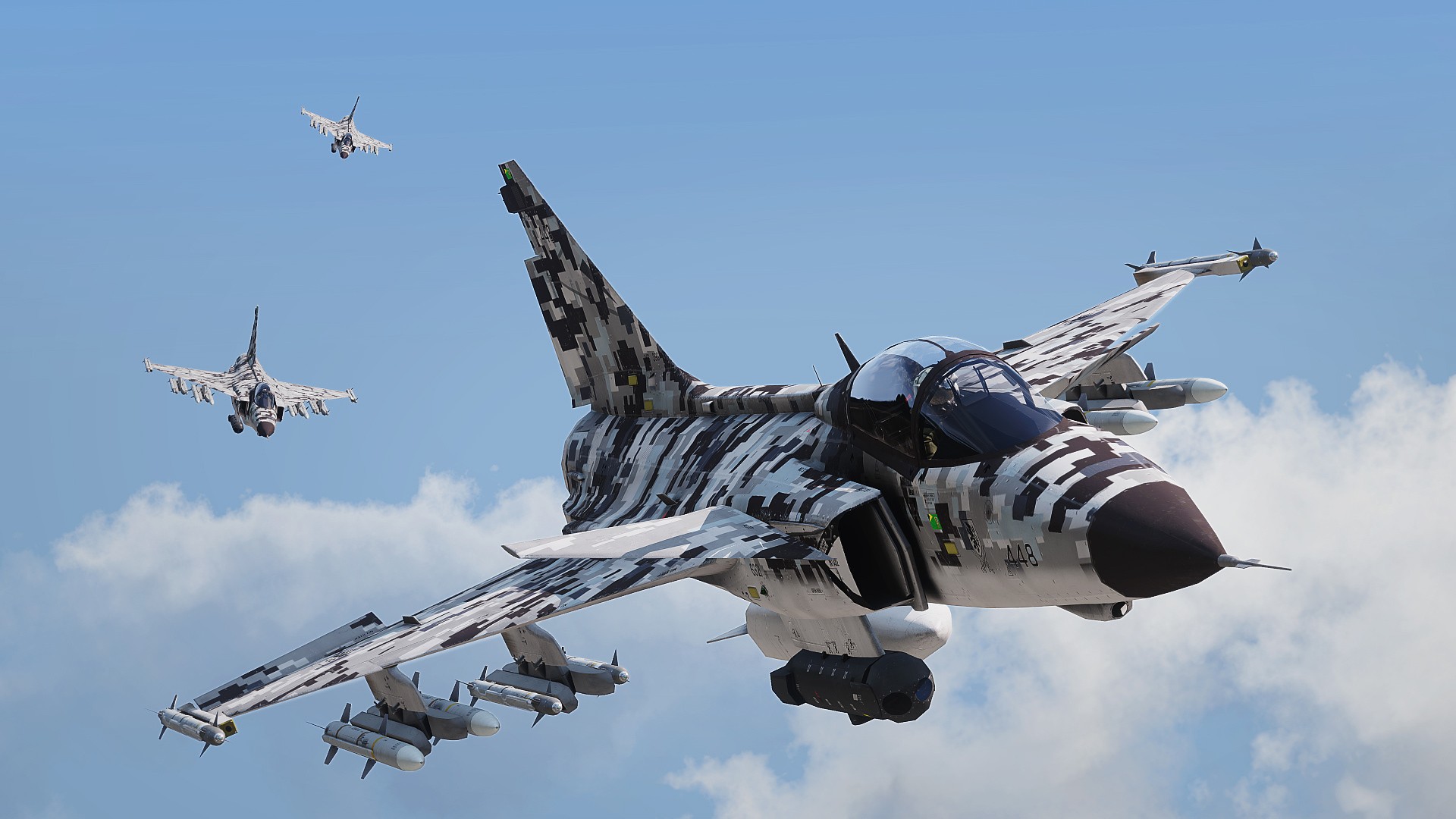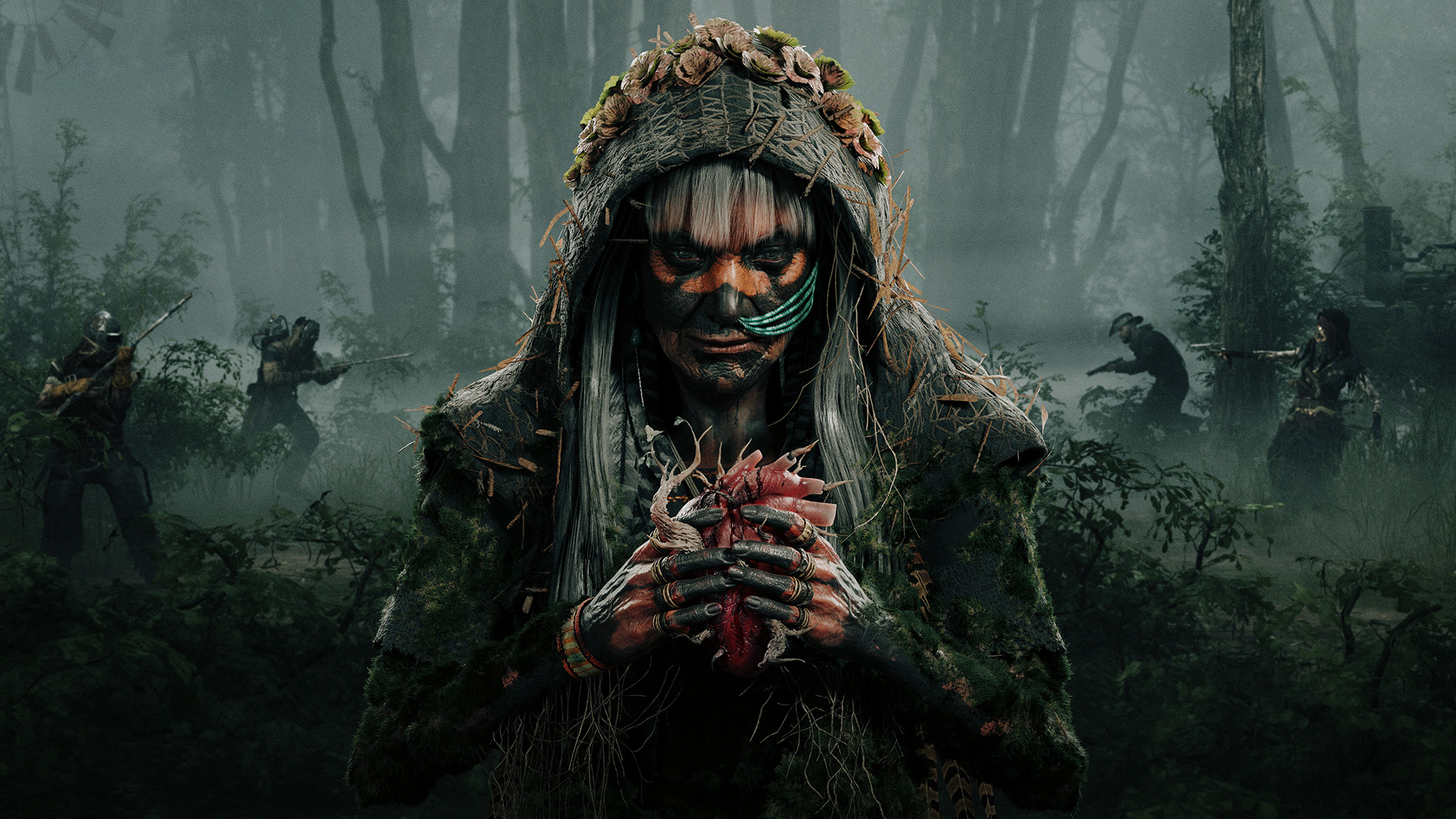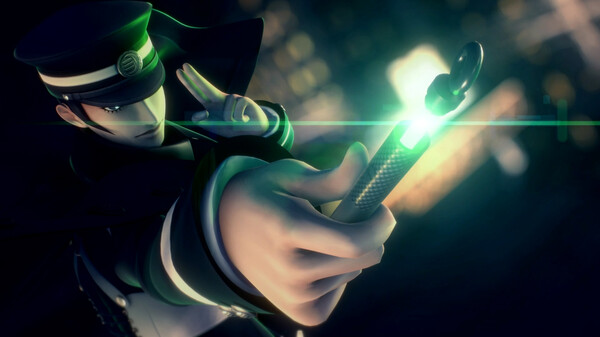
The forthcoming remaster keeps a lot of the charm of the original and shears away most of its rougher edges.
Devil Summoner: Raidou Kuzunoha vs. the Soulless Army released exclusively for PlayStation 2 in 2006 and, ever since then, has been left for dead there. It’s an oddity in the Megami Tensei universe, and wasn’t particularly well-received upon release. But given the way tastes have shifted, and given the nowadays mainstream success of the Persona series, it’s no surprise that Atlus has exhumed it.
The good news is that with some modern touches—both light and surprisingly heavyhanded—it holds up pretty well, and will feel very familiar to anyone who played Persona 3 Reload, Shin Megami Tensei 5: Vengeance or even Metaphor ReFantazio last year. Thought you’d get through 2025 without casting Zio or copping abuse from a Tsuchigumo? Not so fast!
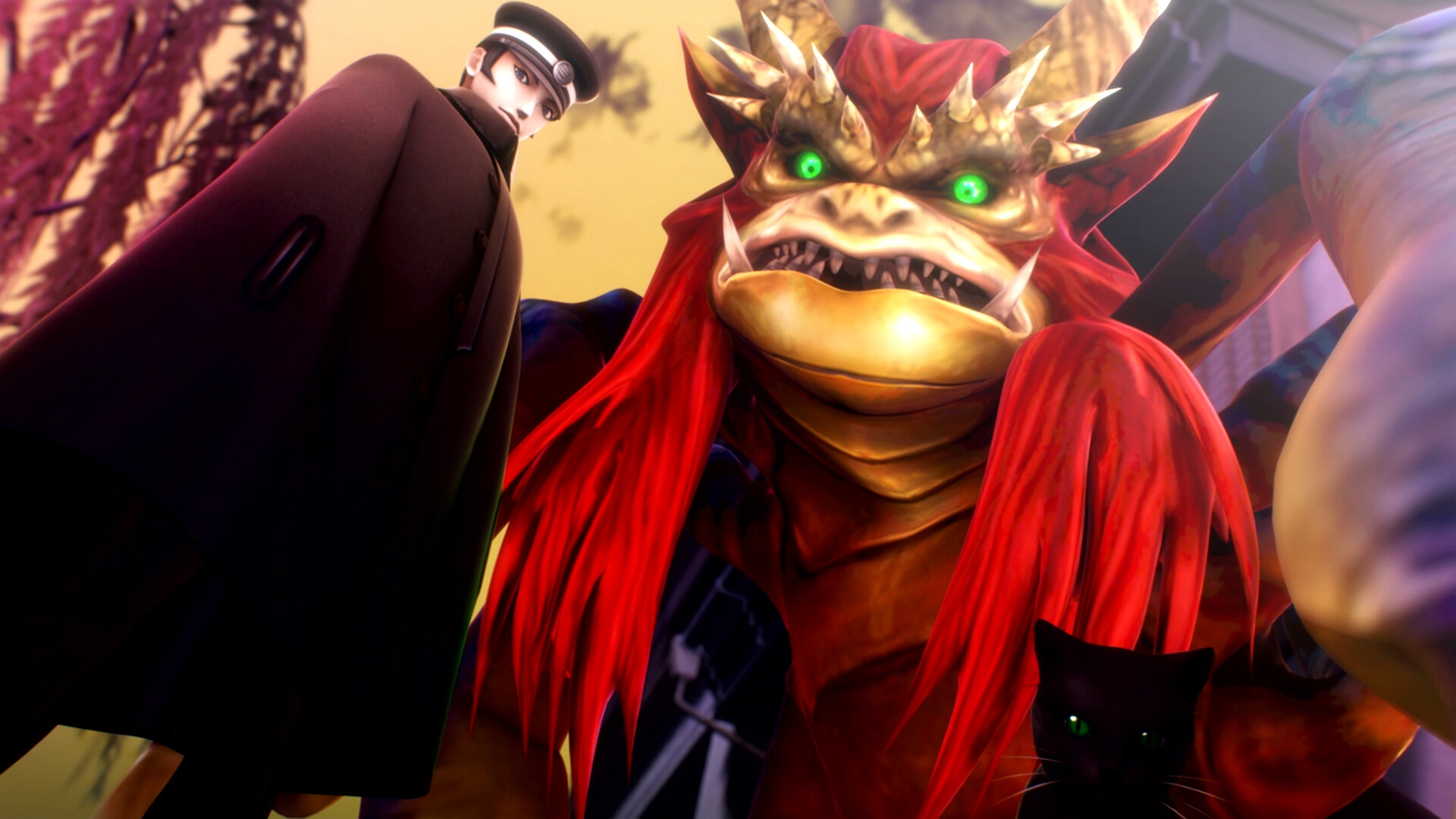
Protagonist Raidou Kazunoha XIV is a “detective apprentice” for the Narumi Detective Agency, but behind this humble real world front hides greater status: he’s a Demon Summoner too, working for the mysterious “supranationalist organisation” Yatagarasu whose work involves protecting Tokyo from scary supernatural forces. In his quest to do Yatagarasu’s bidding the detective stuff is a front, basically, but Raidou still needs to solve mysteries to edge closer to his grander plans.
Whether it matters to you or not, it’s probably worth noting where Raidou fits in the ceaselessly confusing Megami Tensei continuum. Unlike most of its futuristic or present day stablemates, this entry is set in early 20th century Tokyo, which might make it all the more surprising that it belongs to the same Devil Summoner offshoot series as the neon-lit Soul Hackers games. Devil Summoner games are thematically connected by their detective fiction trappings, and Raidou leans into this aspect heavily. But what makes Raidou really unusual in the Shin Megami world, then and now, is its real-time combat.
Yes: this is an SMT game with real-time combat. Anyone familiar with the combat in the 2006 version might feel inclined to pipe up with some caveats right now, but the most striking thing about Raidou Remastered is that it changes a whole lot more than the word “remaster” usually implies. The combat has been completely reworked. It kinda feels like a light remake.
The original PS2 version had real-time combat, yes, but it was viewed from a static point-of-view and was pretty slow going. By modern standards it might as well have been turn-based. Now the combat takes place in arenas through which Raidou can run freely, issuing elemental magic attacks between blade-oriented wailing and gunfire missives. Raidou can jump and dodge as well, resulting in a new combat system that rewards precision, not just to stay alive but to feed various meters towards special attacks. One early game boss, which in the original was just a simple war of elemental attrition, now requires deft leaping over waves of dark magic, for example. I also need to know when to guard my demon companions, which results in some truly frantic—sometimes even overwhelming—moments.
You won’t be exploring the bright lit streets of 1920s Tokyo only to be mobbed by a pack of Azumi anymore, because random encounters are gone
This being a Megami Tensei game, combat is all about exploiting elemental weaknesses, but as you might expect, Atlus’ famed Press Turn system doesn’t really translate to real-time combat. Instead, hitting a foe’s elemental weakness stuns them, amplifying your physical damage output and also the amount of MAG you win back from attacking (MAG is basically mana). In other words, I still need to analyse my opponents for weaknesses, and it’s still a waste of time to keep hitting foes with attacks they’re not weak to.
The real SMT hallmark is demon collecting and fusion, and things are no different in Raidou. Collecting a demon is a matter of mashing a button in their vicinity mid-combat, but it won’t work unless you’re equal to their level or stronger. In combat I can control whether my two demon companions are using their elemental magic abilities—and thus expending MAG—or just their raw attacks, but if I want to command them to use a particular MAG attack I need to enter a menu. The same holds true if I want to swap them out with other demons in my reserve. As a result, a little bit of tactical breathing room is still accommodated for amid the hectic combat: you’ll still need to pause to gain the upper-hand.
Demons are used in clever ways outside of combat too. All demons come with a couple of Investigative Skills including stuff like “sneak”, “fly”, and “ignite” which lends an almost point ‘n’ click adventure dimension to proceedings. If I don’t have a demon with the right Investigative Skill, I’m going to have to go find one or fuse one. I can also commandeeer demons for light stealth-centric puzzle-solving, since Raidou is the only one who can see them.
Exploration is also a lot more fun, for two reasons: the environments are crisper and more readable, albeit still navigated from a fixed camera perspective that can make the mini-map very confusing. The other, much more important reason, is that random encounters are gone. Yep: you won’t be exploring the bright lit streets of 1920s Tokyo only to be mobbed by a pack of Azumi anymore. It is quietly the most welcome change in this remaster.
It’s shocking how well Raidou presents in 2025 overall: the addition of voice acting certainly helps, but the UI overhaul also does wonders towards making this kinda-lost classic feel contemporary with Persona 3 Reload and Shin Megami Tensei 5: Vengeance. I was originally a bit underwhelmed by the prospect of this PS2 remaster—why not do Digital Devil Saga instead?—but now I’m super pumped for June 19 to roll around.
